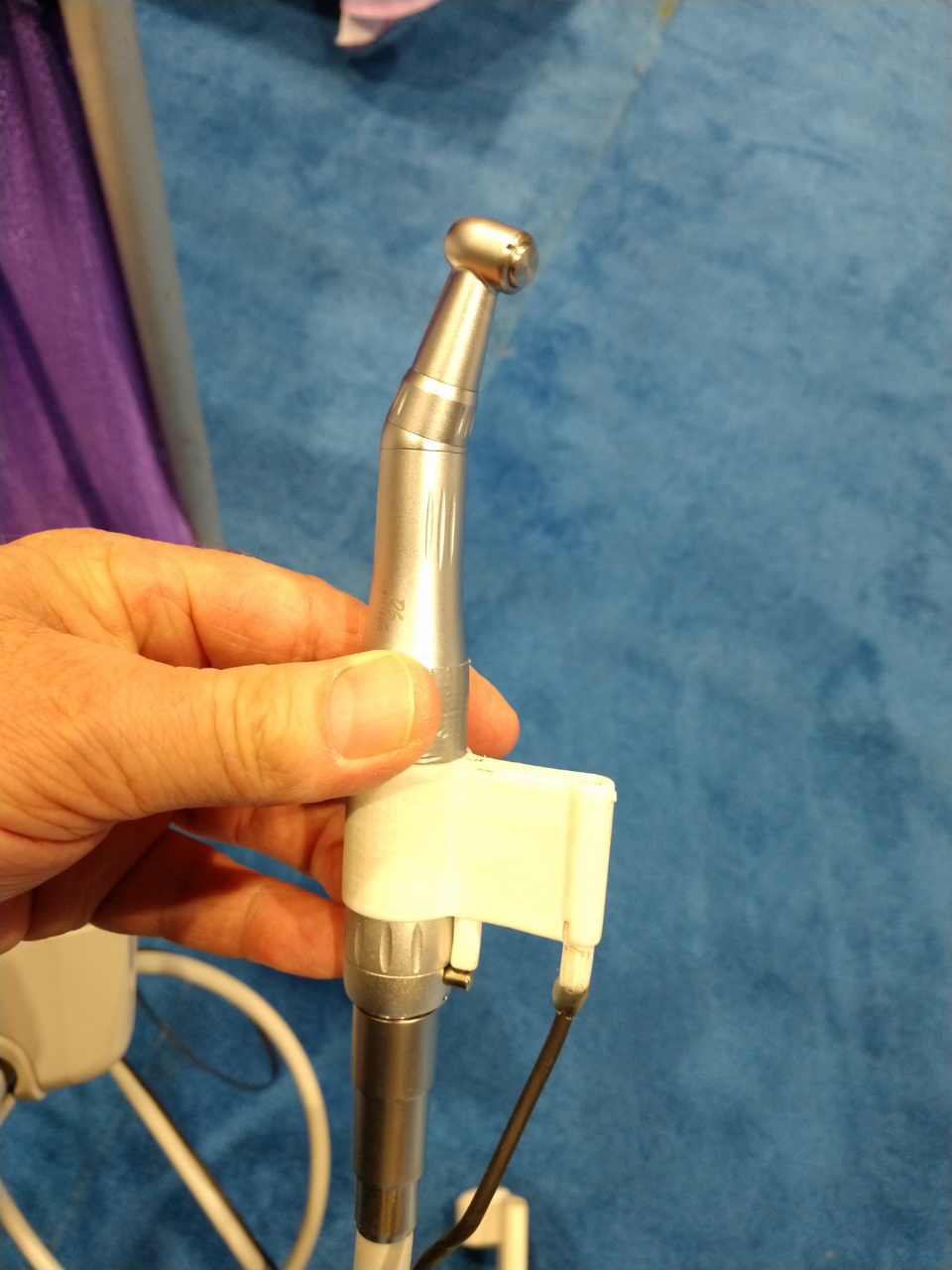Using Tip Offset™ with Electromagnetic Motion Tracking
Posted: May 25, 2020

Can You Trick the Sensor Using The Tip Offset Method?
If you want to track the motion of a person or an object with a high degree of accuracy (we’re talking sub-millimeter accuracy levels), you’ll need to “mark” the point or points you need to track. In electromagnetic motion tracking, this is done by using finely tuned motion tracking sensors that are placed on the object or body segment. But what if you aren’t able to place the sensor at the exact point that needs to be tracked? Can you trick the sensor into thinking it’s somewhere else? The good news is, yes--using the Polhemus built-in Tip Offset™ feature!
Why Would You Need to Use Tip Offset?
There are a few reasons why using a Tip Offset method (or tricking the sensor) makes sense when considering motion tracking solutions and application set up. In some applications, Tip Offset is the easiest way to get the best results and achieve the highest degree of accuracy.
How Does Tip Offset Work?
This is a great question with an easy answer, since Polhemus built this powerful feature directly into the tracker’s system architecture! Using a simple command input, you can redefine the origin of the sensor. Just add the measured positional offset value and the sensor’s origin will be translated and reset.
By using Tip Offset, you can change the reference point of the sensor. A simple offset of the sensor location allows you to “trick the sensor” and obtain the accurate data results you need.
Below are three of the most common reasons Tip Offset would be used with electromagnetic motion tracking:
 1. Convenience—If for one reason or another, you don’t want to put the sensor directly on the object or the person, Tip Offset provides an optional set up. This could be because you prefer a different placement of the sensor visually for a medical training and simulation application.
1. Convenience—If for one reason or another, you don’t want to put the sensor directly on the object or the person, Tip Offset provides an optional set up. This could be because you prefer a different placement of the sensor visually for a medical training and simulation application.
An example is tracking the tip of a scalpel, dental tool, or even a screwdriver. Mounting a sensor directly on the tool or instrument would not be practical in use, as the sensor would get in the way. To get around this challenge, the sensor is simply mounted at a convenient place on the tool, such as placing the sensor down lower from the tip, or even inside the handle. The distance between the sensor and the tip of the tool is entered into the tracker using the tip offset feature. The data will then be reported from the tip of the tool, rather than where the sensor is placed inside the handle.
2. Distortion Mitigation—If the point you need to track is very close to large amounts of certain types of metal, or the object you want to track is made of metal, Tip Offset is a great option. It provides a way to ensure accurate data outcomes to offset distortion that can occasionally be caused by the presence of metal. Read about metallic distortion mitigation and the FTT™ feature.
3. Clinical Medical Applications—If you’re working with a clinical medical application and you have an invasive procedure that requires tracking an instrument inside the body, using Tip Offset can enable you to precisely track the location of the sensor without it ever entering the patient’s body.
The scenarios above are three distinctly different reasons to consider using the Tip Offset method, but they all have one thing in common; all are situations where you can’t (or don’t want to) mount the sensor at the exact point where you want the data reporting. By using Tip Offset, you can change the reference point of the sensor. A simple offset of the sensor location allows you to “trick the sensor” and obtain the accurate data results you need.
Examples of Applications that May Benefit from the Tip Offset Method:
- Needle or syringe tracking—when the sensor is too large to be fully embedded into the medical instrument for clinical medical applications
- Mounting a source on a metal dental drill for dental training and simulation
- Anatomical tracking of the body using various points in an arm or leg
- Gate analysis tracking when there is rebar in the floor causing metallic distortion
- Tracking the location of a metal scalpel
What is your motion tracking challenge? Polhemus has been delivering electromagnetic motion tracking solutions for over 50 years.

